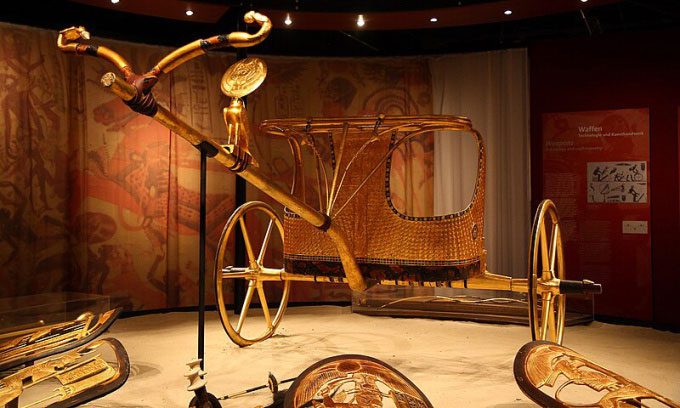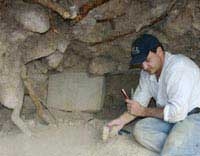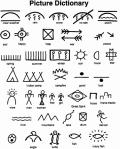Evidence from the tomb and analysis of the remains of King Tutankhamun suggest that he may have died young due to a chariot accident.
The reason behind the early death of King Tutankhamun (who ruled ancient Egypt from around 1332 to 1323 BC) is one of the great archaeological mysteries, although evidence indicates he may have lost his life after falling from a chariot, IFL Science reported on November 10.

Replica of King Tutankhamun’s chariot. (Photo: Wikimedia)
A team of experts, including A. van As from the University of Limpopo and R. Brown from the University of Cape Town, suggest that Tutankhamun could be the first case of traffic-related death in Africa. In their recent study published in the South African Journal of Surgery, they consolidated all data supporting this theory and concluded that the accident could have been severe enough to cause internal injuries to Tutankhamun.
In 1922, when the mummy of King Tutankhamun was discovered, archaeologists noted that the 19-year-old king was hastily buried in a tomb that was too large for him, possibly intended for someone else. This led them to believe that the king’s death occurred suddenly.
X-ray images from 1968 reinforced this hypothesis by revealing broken bone fragments in the skull. At that time, the prevailing explanation was that the young king had been killed by enemies with a club. However, subsequent studies did not support this theory of political violence, as they showed that the skull was essentially intact. The fragmented bones were likely just part of a broken vertebra during the mummification process.
However, the research also showed that a large portion of the chest cavity and several rib segments were missing from the remains. Another puzzling detail was that Tutankhamun’s heart and lungs were not placed in the canopic jars buried with the mummy. This led experts to speculate that his organs may have been removed due to a severe chest injury that rendered them unrecognizable.
In 2005, CT scan results revealed a fracture in the far end of the left femur, just above the knee. The resin used in the fracture indicated that this was a recent, open fracture that occurred shortly before Tutankhamun’s death, as there were no signs of healing. Some 3,500 years ago, without antibiotics to combat infection, death from an open fracture was quite plausible.
Regarding the cause of the injury, researchers noted that Tutankhamun’s tomb contained several chariots with very worn wheels, and ancient descriptions suggested he rode such a vehicle. Furthermore, Tutankhamun’s congenital clubfoot also leads to speculation that he used a chariot to move around.
According to the research team, the type of fracture that Tutankhamun experienced is extremely rare in children. Open fractures usually result from significant trauma, such as a vehicle collision, a fall from a height, or severe sports injuries. “We believe that Pharaoh Tutankhamun fell from a chariot due to his weak left leg. Upon falling, he sustained multiple injuries, including chest trauma and a femur fracture,” the research team wrote.
The circumstances leading to the chariot accident remain unclear, but a noteworthy point is that Tutankhamun’s tomb was filled with wine. Therefore, it is possible that the accident occurred while he was intoxicated and operating the chariot.





















































